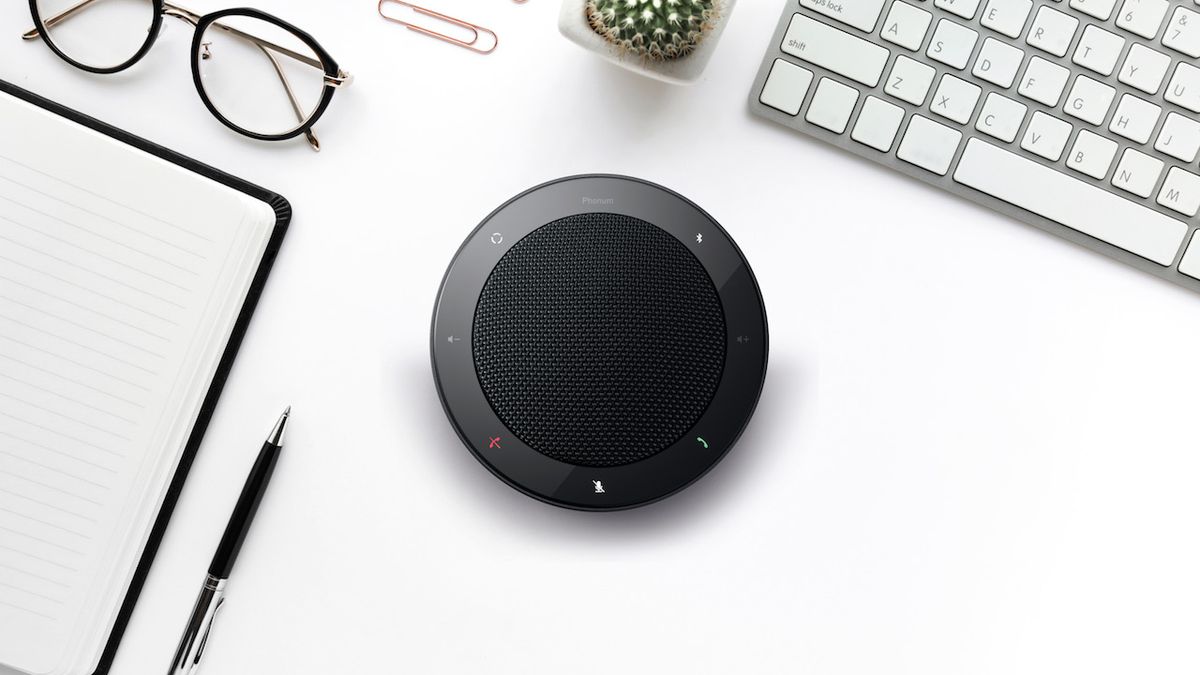AV Technology: How long has beyerdynamic been making professional audio solutions for conferencing?
Alan Feckanin: beyerdynamic was founded in Berlin in 1924 as a loudspeaker manufacturer for the budding film industry. The company stands for numerous audio innovations and high-quality, hand-crafted products engineered and developed in Germany.
The first headphones, the DT 48, began production in 1937 and continued through 2012. In 1939, the first dynamic microphone, the M 19, began production and was quickly adopted as the standard microphone for German’s national broadcasting station. In 1966, the E 800 microphone was developed for the Beatles tour. On the conferencing side of the business, beyerdynamic has been involved in pro audio solutions for more than 30 years.
Related: Best Conferencing Microphones for 2020
AVT: What are some of the innovations driving conferencing audio development?
AF: The following are some of our most notable milestones in conferencing technology. In 1998, the company launched MCW, the first wireless conference system worldwide—a milestone for success in the conferencing business. In 2001, the digital version of MCW was released. In 2006, Revoluto Microphone Array Technology debuted, introducing more freedom of movement for speakers and conference participants. In 2012, Quinta fifth-generation in wireless conferencing with frequency hopping was released.
Our latest technology developments include the 360-degree beamforming microphone/wireless Bluetooth speakerphone, Phonum. The other significant recent conferencing product launch is our Unite bidirectional wireless communication system with DECT technology. It is encrypted, future proofed, and can be used for many applications. From tour guides, through voice transmission for speeches, to interpreter applications, assistive listening, silent PA, wireless intercoms, blind audio description coverage, and wireless intercom uses, UNITE offers a convenient, complete, and versatile wireless solution. This month, beyerdynamic launched pre-configured bundles that include everything needed for a four-, eight- or 12-unit wireless intercom system—perfect for houses of worship, schools, and live event companies needing an affordable, professional-quality wireless communication setup.
We are using encrypted and wireless communications with digital technology to meet the current needs of the marketplace. Other trends we’re seeing in conferencing are a reduction in large meeting space needs, requirements for microphone technology with broader coverage patterns, and the need to future proof the products so our clients can be sure the new technology they invest in will serve them for years to come.
AVT: How has your roadmap shifted in light of the increase in remote work due to the pandemic?
AF: In the current environment, we are seeing more needs for smaller meeting spaces and huddle rooms as more people work from home. We also are adapting more of our products and solutions for remote and hybrid applications. For instance, we had the technology manager at Miami University recently invent an inexpensive streaming solution for its staff using the Phonum with an iPad on a stand. It is an inexpensive yet highly effective solution for them and other educators who need to stream classes to students.
AVT: What factors should technology managers consider when upgrading the audio systems in their conferencing spaces?
AF: Some of the more important factors that technology managers should consider are user expansion: can the system grow with the company or institution? Encryption is another key feature that users need. Privacy is imperative in today’s world. It is also important to us to give our users a high level of audio quality with clarity, ease of setup, and user-friendly operation—the foundations on which beyerdynamic was built.













